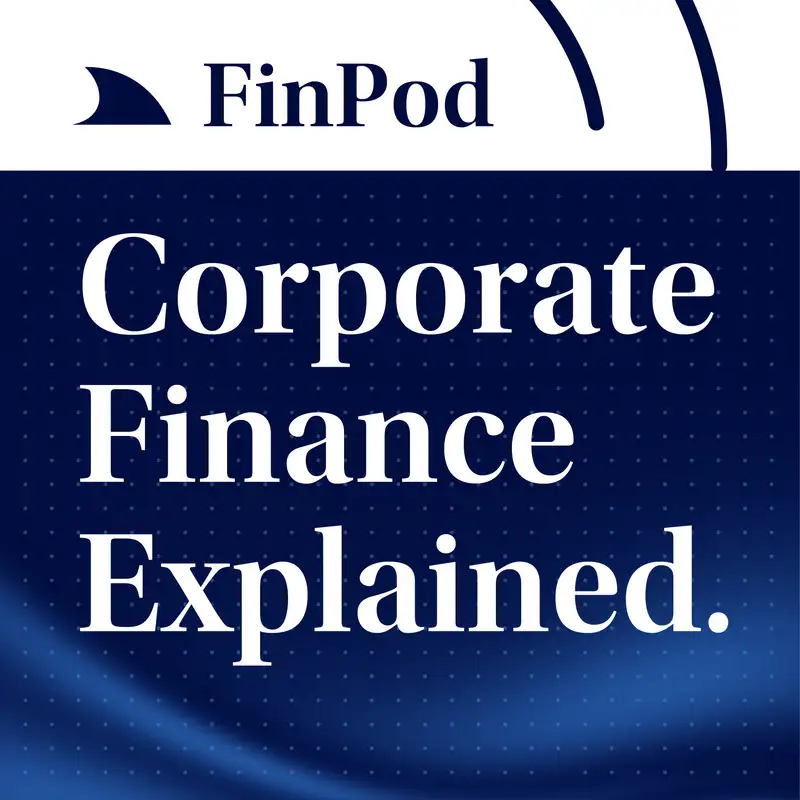Corporate Finance Explained | The Power of Financial Ratios
Financial ratios are the essential shorthand analysts use to distill massive financial statements into actionable insights. In this episode of Corporate Finance Explained on FinPod, we go beyond academic definitions to explore how ratios reveal a company's true story, measuring performance, efficiency, and existential risk.
We examine four pillars of analysis and use contrasting examples, such as Apple vs. Dell, Walmart, Netflix, and the catastrophic failure of Enron, to illustrate how to identify red flags and assess the quality of a business.
This episode covers:
We examine four pillars of analysis and use contrasting examples, such as Apple vs. Dell, Walmart, Netflix, and the catastrophic failure of Enron, to illustrate how to identify red flags and assess the quality of a business.
This episode covers:
- The Four Pillars of Analysis: Liquidity, Profitability, Leverage, and Efficiency, and why they are the strategic dials that CEOs and CFOs constantly turn.
- Liquidity Secrets: Why a low current ratio is a sign of strength for an efficient company like Walmart (operating on negative working capital), but a red flag for almost everyone else.
- The Profitability Contrast: Why Apple competes on premium margin while Dell competes on volume, and how different strategies play out in Operating Margin and Return on Assets (ROA).
- The Misleading Metrics: Why the P/E ratio is often overrated and why Return on Equity (ROE) can be misleading, masking high risk—and how the DuPont Framework is essential for determining the quality of that return.
- Leverage & Strategy: The high-risk, high-reward strategy of Netflix using high debt to fund content growth (strategic leverage) versus the structural leverage profile of Dell.
- The Enron Lesson: The ultimate warning. How the cash flow statement and leverage ratios exposed the fraud, proving that a beautiful income statement means nothing if the underlying cash flow is telling a darker story.

